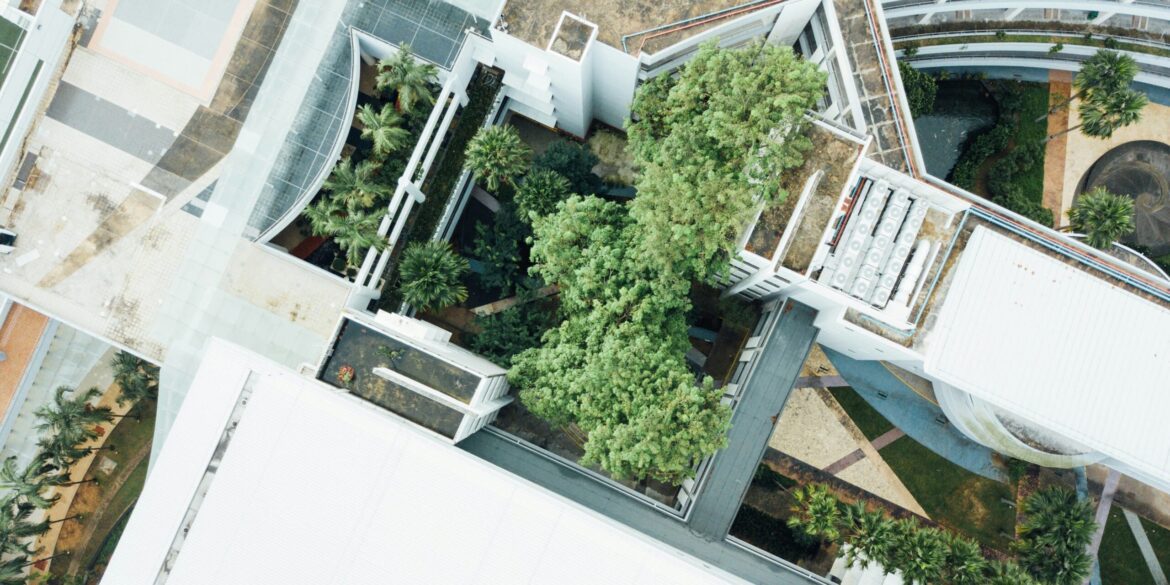The U.S. commercial real estate (CRE) market is experiencing a significant shift, with an increasing number of developers and investors embracing green building practices. As sustainability takes center stage in the real estate industry, the demand for eco-friendly office spaces, retail centers, and industrial properties continues to rise. Green buildings, which focus on energy efficiency, reduced environmental impact, and healthier environments, are becoming a new standard in commercial development.
Green Building Demand Outpaces Supply
According to the U.S. Green Building Council (USGBC), the number of LEED (Leadership in Energy and Environmental Design)-certified commercial buildings in the U.S. has doubled over the past five years. This surge is driven by growing environmental awareness, evolving building codes, and a clear push from businesses to occupy energy-efficient spaces. Today, developers are increasingly focused on constructing properties that not only meet high environmental standards but also offer tenants a more sustainable and cost-effective work environment.
Cities like New York, Los Angeles, Chicago, and San Francisco have been at the forefront of this movement, with green buildings becoming a prominent feature in major metropolitan areas. Corporate tenants, particularly in tech, finance, and creative industries, are increasingly demanding office spaces that meet stringent sustainability standards. For example, companies like Google, Apple, and Microsoft have committed to net-zero carbon goals and are prioritizing LEED-certified office spaces to reduce their carbon footprints.
Environmental and Economic Benefits of Green Buildings
The shift toward green buildings offers significant environmental and economic benefits for property owners, developers, and tenants. From an environmental perspective, green buildings reduce energy consumption, water usage, and greenhouse gas emissions, which contribute to lowering a property’s environmental footprint. For tenants, the benefits extend beyond just energy savings. Green buildings are designed with improved indoor air quality, natural lighting, and sustainable materials that promote health and well-being, making them more attractive to employees and clients alike.
Financially, green buildings provide both short-term and long-term cost savings. Energy-efficient systems such as solar panels, high-efficiency HVAC systems, and LED lighting lead to reduced operational costs, while renewable energy options help further lower energy bills. For property owners, these savings translate into higher occupancy rates, lower tenant turnover, and stronger lease renewal rates. A study by the Energy Star Program found that green buildings have a 5-10% higher rental income and a 7-10% higher asset value compared to non-certified buildings.
Rising Demand in Multifamily and Industrial Sectors
The demand for green buildings is especially high in the multifamily housing and industrial logistics sectors. In multifamily properties, developers are focusing on creating buildings that reduce operating costs for residents while improving overall living conditions. These properties often feature energy-efficient appliances, smart home technology for temperature control, and water-saving fixtures to reduce waste.
The industrial sector, driven by the rise of e-commerce and the growing need for warehouse spaces, has also embraced green building practices. Amazon, for example, is expanding its sustainable warehouses and distribution centers across the U.S., implementing solar energy and energy-efficient technologies to meet its sustainability goals.
The Role of Incentives and Legislation
Government incentives and local regulations are also playing a key role in driving the green building movement. Many cities offer tax incentives, subsidies, and grant programs to encourage developers to adopt sustainable building practices. The Biden administration has been particularly focused on promoting green infrastructure and offering incentives for businesses and developers to reduce carbon emissions through federal and state programs.
As the demand for green buildings continues to rise, we can expect to see further innovations in building technologies and practices that will shape the future of commercial real estate. With continued emphasis on sustainability, energy efficiency, and occupant wellness, the commercial real estate market is poised for a greener future.

